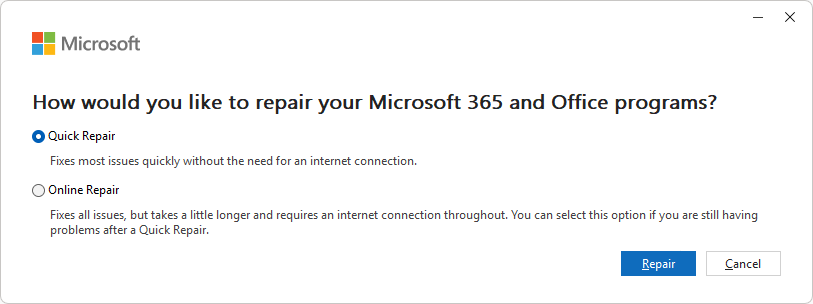

Users don’t want these messages in their inboxes, but they often like to review them to make sure no good messages (false positives) are mixed in with the bad.Įxchange Online Protection provides two primary options for handling spam detected by our content filters. Spam notificationsĮmail filtering gateways do a great job of filtering out obvious spam, but a small percentage (about 3%) of email comes through that is likely to be spam.

Customers will see these updates by the end of October. This week we’re beginning to roll out a couple of key additions: localized end-user spam notifications and the ability to configure the frequency from 1 to 15 days. In June we released the ability to create custom spam and malware filter policies and apply them to specific domains, groups, or users. We update the service frequently with new capabilities. Exchange Online Protection is already included in Exchange Online and for Office 365 for business customers. This new service, called Exchange Online Protection (EOP), provides spam and malware filtering in the cloud for $1 per user per month. Last March we released a shiny new version of the email filtering service formerly known as Forefront Online Protection for Exchange (FOPE). Shobhit Sahay is a product marketing manager on the Exchange team.


 0 kommentar(er)
0 kommentar(er)
